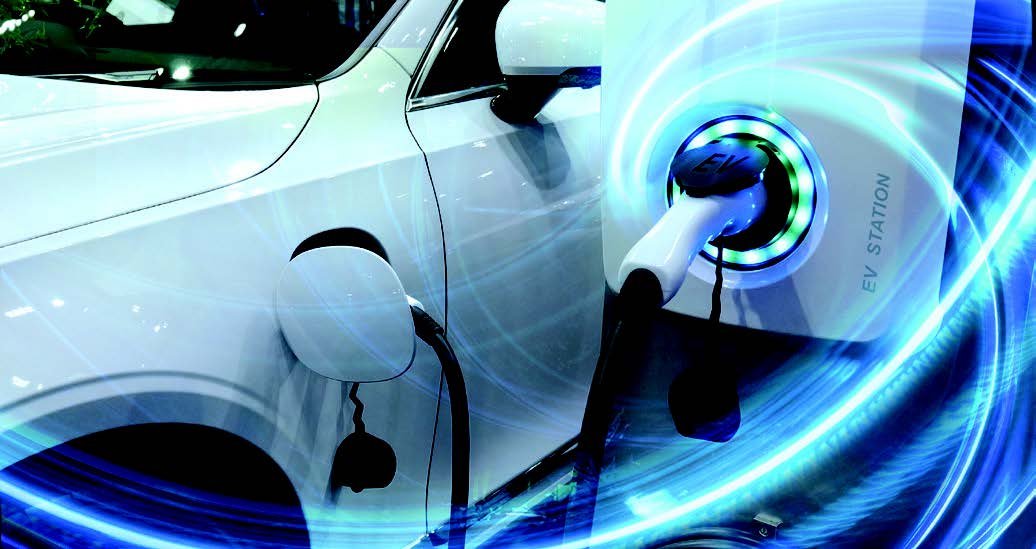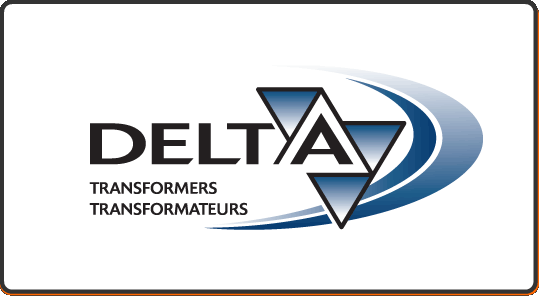New Electric Vehicle Energy (eVe) Transformer from Delta
With over forty years of transformer experience and a long-standing commitment to quality and customer service, Delta transformers designs and manufactures dry type transformers for the unique requirements of Electric Vehicle (EV) charging applications.
At Delta Transformers, they offer a complete line of transformers that meet the requirements of level 1, 2, and fast charging electric vehicle installations. They can assist with new installations as well as replacement of existing transformers. Everything is completed considering the economical, environmental, reliability and long-term performance aspects of your projects.
Levels of EV Charging
North America currently employs three levels of charging for electric vehicles (EV). Although the term “level 3” is still used to qualify a fast charging station in DC, the term Fast Charging should be used instead.
The level of the charging station determines the time required to charge an EV. The higher the level, the faster the charging process will be because more power is delivered to the vehicle.
Three Levels of EV Charging
| LEVEL 1 | LEVEL 2 | LEVEL 3 | |
|---|---|---|---|
| # of chargers per Transformer | 1 to 2 | 3+ | 1 or more |
| Typical Feed Voltage | 120 to 240 | 208, 240 to 480, 600 | 480, 600 or medium voltage |
| Typical Load Per Unit | 1 to 2 kVA | 3 to 8 kVA | 200 to 500 kVA |
| Phase (Depending on number of charging stations) | Single phase | Single or Three phase | Three phase |
| Estimated driving distance (km) per hour of charging | 3-15 km | 25-110 km | 80-450 km |
| Current type supplied to EV | AC | AC | DC |
Technical Specifications to consider
Onboard EV chargers act as non-linear loads that cause current and voltage distortions. Therefore, they would have the potential to contaminate the distribution network by injecting large amounts of harmonics into it. Studies have indicated that a fast rate of charge will cause significant voltage harmonics and energy losses, as well as transformer overload. This is more important when the load is concentrated at peak times and depending on the type of charger (some having internal filters).
Certain considerations apply when selecting the appropriate transformer to integrate into EV charger applications:
Regulation requirement
Some national standards (Ex: CAN/CSA-C61000-2-2-04 R2014) may set limits on the amount of harmonics that can be returned to the power grid. This harmonic transmission can be reduced to compliant levels by various transformer designs, including features such as: phase shifting, use of electrostatic shields, zig-zag windings or other harmonic mitigation devices.
Safety
Units should ideally be installed in areas where the general public does not have access. If this is not possible, options such as enclosed cabinets (Type 4, 4X) or bolted with tamper-proof hardware can be considered. For areas exposed to vehicular traffic, local regulatory codes may require the installation of bollards or other protective devices to prevent transformers from being struck and damaged by vehicles.
Environmental Conditions Location
Consider low temperature rise transformers if the ambient temperature regularly exceeds an average of 30°C over a 24 hour period.
If heavy rain or blowing snow can be a problem, Type 3RE enhanced enclosures can be used. They include filters to prevent debris, snow, ice and rodents from getting inside the enclosure. Heating elements can sometimes be integrated.
Cosmetic Integration
Custom assorted (white, blue, red, green, other colors) or stainless steel enclosures are available for an easy cosmetic integration with other OEM electrical equipment.
High harmonics
Based on the harmonic spectrum generated by the charging architecture of a DC fast charger, we recommend a K-factor of 9. On systems with level two chargers, a K-factor of 4 can be used.
Summary – Recommendation for transformers powering EV charging stations
| LEVEL 1 | LEVEL 2 | FAST CHARGING | |
|---|---|---|---|
| Indoor Location | • If the average ambient temperature is 30°C: consider a transformer with a temperature rise of 130°C or 115°C. • Temperature rise of 150°C: if the average temperature is 30°C | ||
| Outdoor Location | • 150°C temperature rise. • Type 3R or 3RE (enhanced enclosures with snow filters) • Type 4 enclosure, optional tamper-proof bolting | ||
| Allowance fo Harmonic Distortion | kVA increased to prevent heating from harmonics | • K=4 (minimum) • K=9 (better) • Harmonic Mitigating (best) | • K=9 • Consider Harmonic Mitigating if there is two stations or more |
Delta Electrical Vehicle Energy offering:
Isolation, Autotransformers, epoxy potted, K rated and Harmonic Mitigating
80°C, 115°C, 130°C & 150°C temperature rise
Aluminum or copper windings
K1, K4, K9 and K13 factors
Electrostatic shields
Single and three phases
Type 3R, 3RX, 4 & 4X enclosures
Type 3RE & 3RXE enhanced for outdoor, with snow filters and temperature sensor
Custom designs for MV applications, with primary voltage up to 27.6kV
Dedicated nomenclature coding system, S7000 series
Advantages of “EV” rated transformers from Delta Transformers Inc.
Rated for EV charging applications when loading varies from many hours of idling, to periods of heavy demand (helping to drive down building energy consumption)
Low ‘No-load losses’ for efficiency during long idling period meeting or exceeding CSA C802.2-18 requirements
Aluminum winding for a greener product, copper version also available
Non brittle Epoxy Vacuum Impregnation coating (the EVI© process) remains flexible and can handle the thermal expansion/contraction movements of the coils during load and temperature fluctuation without cracking
Long-term reliability and long-life expectancy
CSA Efficiency Verified
NOMEX-based insulation system resisting up to 220°C
Custom units available to meet your project and technical requirements.
About Delta Transformers
Delta Transformers Inc. considers our customers as business partners. Customer satisfaction is our priority; we are committed to long-term relationships with our customers.
Delta Transformers Inc. produces a wide range of diversified dry type transformers that answer to a multitude of needs and applications, and this in constant respect for the environment and in a continuing spirit of innovation.



